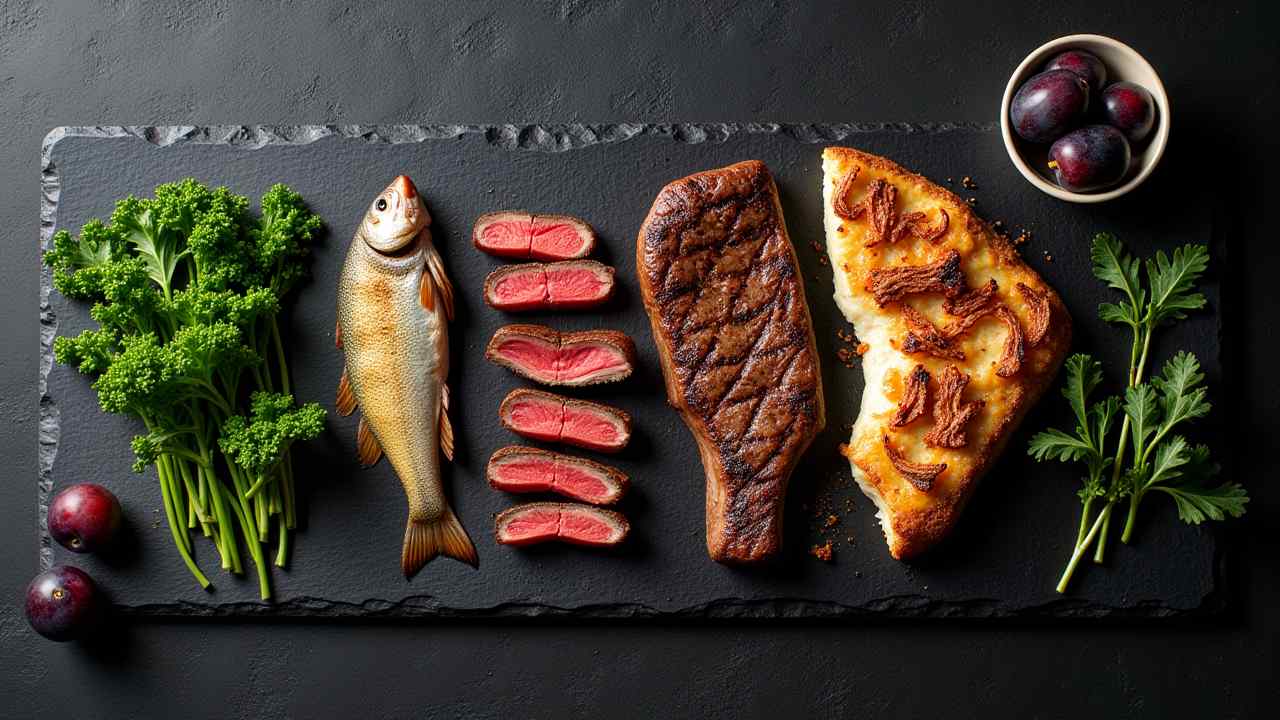
🧬 The Blood Group O Negative Diet: Food List, Facts & Scientific View
🥩 The Blood Group O Negative Diet: Food List & Facts 🥩
The Blood Type Diet is a concept that suggests your blood type dictates your ideal eating plan. It was popularized by Dr. Peter J. D'Adamo. Many people are curious about the specific recommendations for their type, such as the blood group o negative diet.
First, it is important to clarify a key point. In the Blood Type Diet theory, there is no difference between O Negative and O Positive. The recommendations are the same for all Type O individuals. The Rh factor (positive or negative) is not considered.
This guide will explain the diet plan for Blood Type O. We will cover the theory, what to eat, and what to avoid. We will also look at what science says about these claims. 🤔
Disclaimer: This article is for informational purposes only. The Blood Type Diet is a controversial theory not supported by mainstream science. Always consult a healthcare professional before starting a restrictive diet.
🤔 What is the Theory Behind the Blood Type O Diet?
According to the diet's creator, Blood Type O is the oldest bloodline. He refers to it as the "hunter" or ancestral type. Therefore, the recommended diet is meant to mirror what our ancient hunter-gatherer ancestors ate. This is a high-protein, low-carbohydrate plan.
The theory posits that people with Type O blood are genetically suited for this diet. It claims their digestive tracts thrive on lean meat. Conversely, it suggests they may have difficulty digesting certain grains and dairy. This idea is the foundation of the blood group o negative diet guidelines.
✅ What Foods Are "Beneficial" for the Blood Group O Negative Diet?
The diet provides specific lists of foods. These are considered "highly beneficial" for Type O individuals. The plan emphasizes high-quality, whole foods. Here are the main groups to include.
What Proteins are Recommended?
Lean meat is the foundation of the diet. Organic and grass-fed options are preferred. Top choices include:
- Lean beef, lamb, and venison 🥩
- Cold-water fish such as cod, mackerel, and halibut
- Poultry like chicken and turkey
Which Vegetables Should You Eat?
Many vegetables are encouraged for their vitamins and minerals. The most beneficial ones for Type O are said to be:
- Kale, spinach, and collard greens
- Broccoli
- Onions and garlic
- Sweet potatoes
🚫 What Foods Should People with Blood Type O Avoid?
Just as important is the list of foods to avoid. The theory claims these foods can be harmful to Type O individuals. This list includes several major food groups. It is a critical part of the blood group o negative diet.
- Grains and Legumes: The diet recommends avoiding wheat, corn, and most other grains. Certain legumes like kidney beans and lentils are also on the avoid list.
- Certain Vegetables: Cabbage, cauliflower, and nightshade vegetables like potatoes and eggplant are discouraged.
- Dairy Products: Most dairy products, including milk and many cheeses, should be strictly limited or avoided.
- Pork: All pork products, including bacon and ham, are on the list of foods to avoid.
🧬 Is the Blood Type Diet Backed by Scientific Evidence?
This is the most critical question to consider. Despite its popularity, the entire Blood Type Diet theory is not supported by credible scientific evidence. It remains a controversial and unproven concept in the world of nutrition.
Major scientific reviews have looked for evidence to support the diet. A large 2013 review found no studies to validate the claims. Another significant study in 2014 showed that while the diets could be healthy, the benefits were not connected to a person's blood type at all.
Many people report feeling better on the blood group o negative diet. This is likely because it encourages eating whole foods. It also eliminates processed junk food and sugar. This is healthy advice for everyone, regardless of their blood type.
Before starting a very restrictive plan like this, it is vital to speak with your doctor. A registered dietitian can help you create a diet that is safe, balanced, and truly based on scientific evidence. 🩺